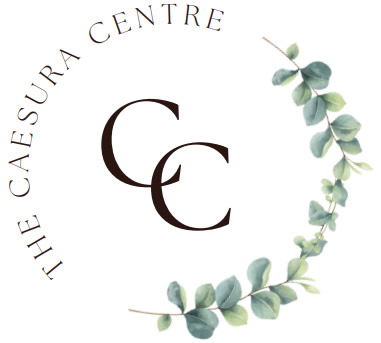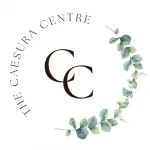In today’s digital world, access to pornography has become easier than ever before. While many view it as harmless entertainment,or as a form of sexual exploration, excessive consumption can lead to a significant issue: pornography addiction. This growing concern affects people of all genders, ages, and backgrounds, potentially impacting mental health, relationships, and overall wellbeing.
What Is Pornography Addiction?
Pornography addiction is an inability to control or limit one’s consumption of pornographic material, despite negative consequences. Unlike casual use, addiction often involves compulsive behaviours, feelings of shame or guilt, and can be a disruption to daily life. It’s not officially classified as a disorder in diagnostic manuals, but many mental health professionals recognise it as a behavioural addiction, similar to gambling or gaming disorders.
How Pornography Addiction Develops
Escalation: Over time, individuals may require more explicit or varied content to achieve the same level of stimulation.
Dependency: Pornography becomes a primary coping mechanism for stress, loneliness, or boredom.
Desensitization: Excessive use can dull emotional and physical responses, leading to dissatisfaction with intimacy in real life.
The ease of access through smartphones, laptops, and tablets making pornography so accessible, worsens the problem. Thus making pornography a constant temptation.
Signs of Pornography Addiction
Recognising pornography addiction is the first step toward addressing it. Common signs include:
Preoccupation: Thinking about pornography, even when not watching it.
Failed attempts to quit: Repeatedly trying to reduce or stop usage but relapsing.
Neglect of responsibilities: Prioritising pornography over work, studies, or personal relationships.
Emotional distress: Feelings of guilt, shame, or anxiety related to consumption.
Interpersonal issues: Strained relationships due to secrecy or unrealistic expectations of intimacy.
Effects of Pornography Addiction
The impact of pornography addiction extends beyond the individual:
Mental health: Increased risk of depression, anxiety, and low self-esteem.
Relationships: Partners may feel neglected, betrayed, or inadequate.
Sexual health: Difficulty achieving arousal or satisfaction during real-life sexual encounters.
Time management: Hours lost to consumption can affect productivity and personal growth.
How to tackle Pornography Addiction
Acknowledge the Problem: Admitting there’s an issue is crucial. Denial only perpetuates the cycle.
Set Boundaries: Implement measures to limit access, such as parental controls, website blockers, or accountability software.
Seek Professional Help: Therapists who specialise in behavioural addictions, can provide coping strategies and tools for recovery. Cognitive behavioural therapy (CBT) is particularly effective.
Join Support Group: Connecting with others who understand the struggle can reduce feelings of isolation. Groups like Sex Addicts Anonymous (SAA) or online forums offer judgment-free spaces for discussion.
Build Healthy Habits: Replace pornography with positive activities such as exercise, hobbies, or mindfulness practices. Developing alternative coping mechanisms reduces reliance on unhealthy behaviors.
Communicate with Loved Ones: Honest conversations with partners or family can foster understanding and support.
Focus on Progress, Not Perfection
Recovery is rarely linear. Celebrate small victories and remain committed to long-term improvement.
Useful websites
Medical New today – what to know about problematic pornpgraphy abuse





